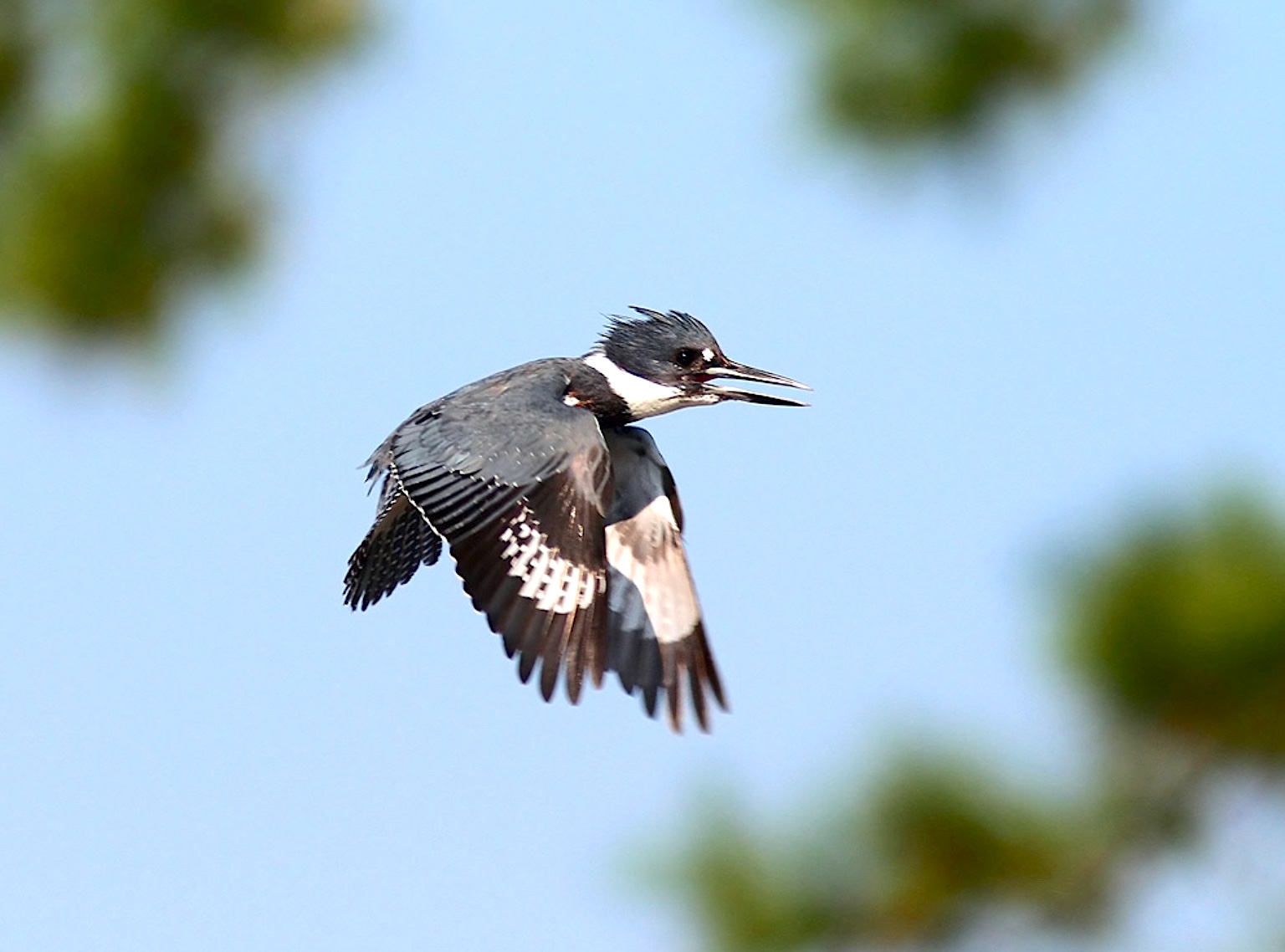
BELTED KINGFISHERS: PROFICIENT PISCATORS
The belted kingfisher (Megaceryle alcyon) is an unmistakable winter visitor to Abaco. With its impressive crest and an adult wingspan approaching 2 ft, these fine birds are far larger than the irridescent kingfisher species found in Europe.
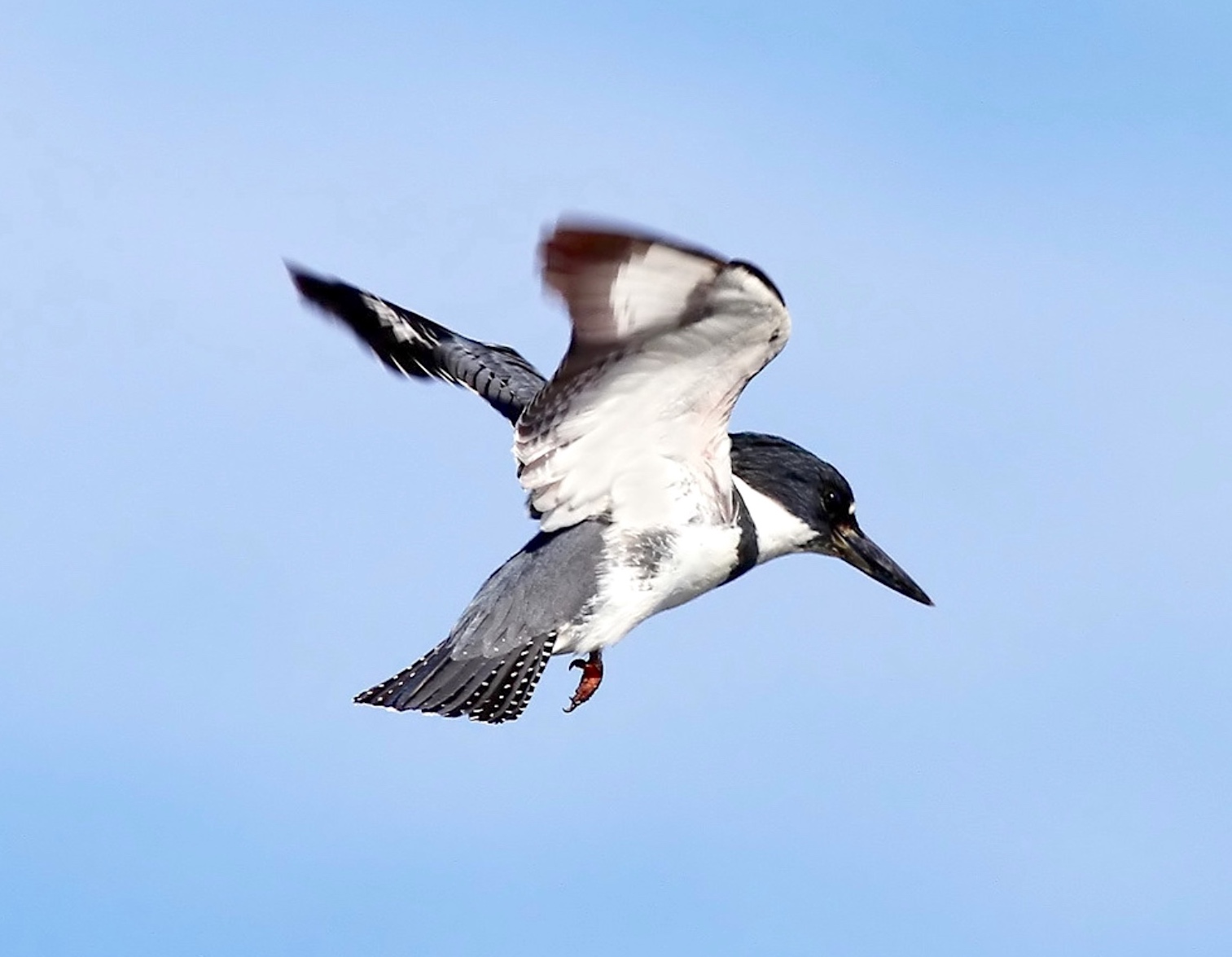
CARL LINNAEUS himself first documented the belted kingfisher in the mid c18, giving the specific name ‘alcyon’, a word of both Latin & Greek origin. The familiar phrase ‘Halcyon days‘, meaning a time of calm, is used more than once by Shakespeare; it references a calm period of weather supposedly occurring at kingfisher nesting time.
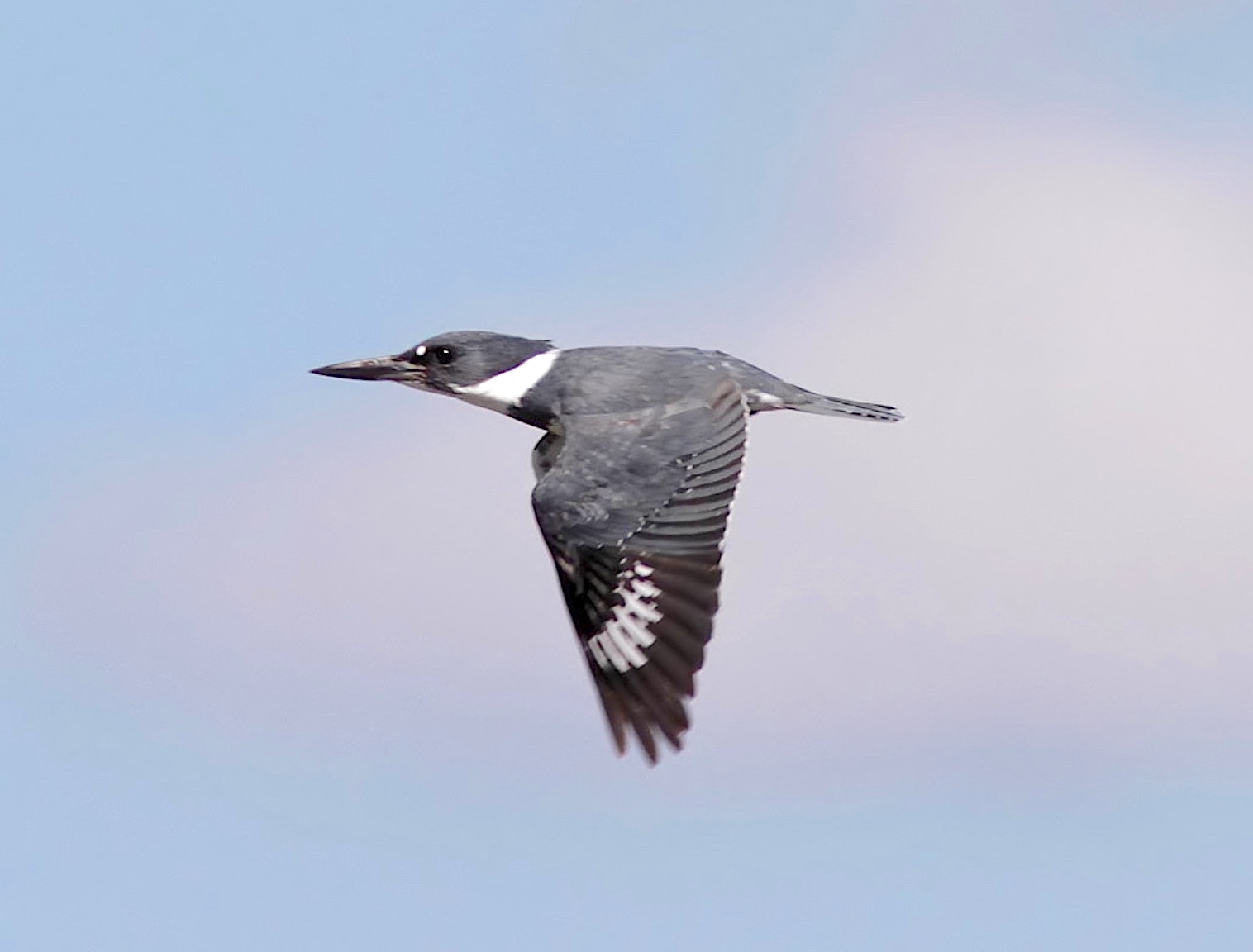

The breeding grounds of the belted kingfisher are in Canada and the northern US, on coasts or near inland waters. They migrate further south in winter, to the southern US, Central America and West Indies. However vagrants have been found as far afield as the UK.
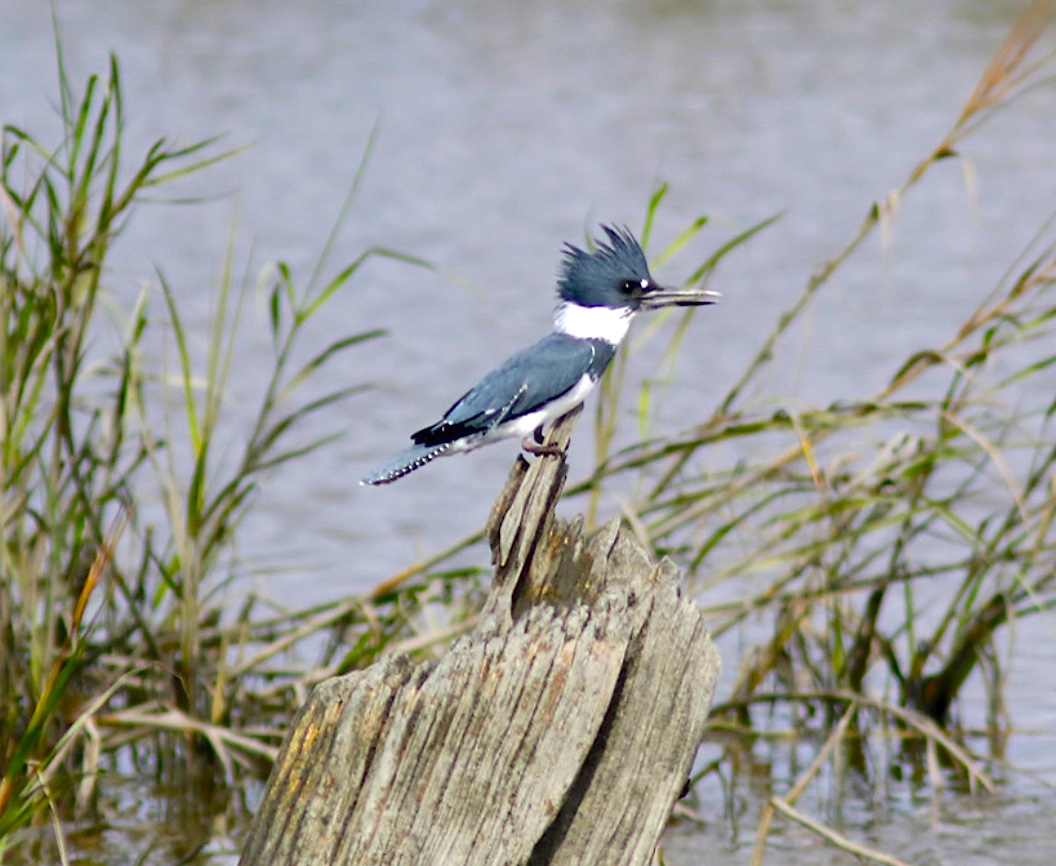
WHERE CAN I FIND THEM ON ABACO?
I have seen BKs when fishing out on the Marls, either perched on dead branches looking for fish, or in the mangroves, or in flight. There’s quite often one to be seen at Gilpin Pond, but always – for me, anyway – on the far side and out of practical range of my somewhat modest camera… Sandy Point is another place I have seen them. But these are common birds in winter, so anywhere near water where there are good perches to prospect for fish could be promising for a sighting. Sadly I’ve never actually seen a kingfisher on Abaco plunge-dive for fish, let alone eating a fish. And NB they are exceedingly hard to photograph at the best of times, especially in flight. Which is why I am very pleased to feature some more wonderful shots by photographer Phil Lanoue.

GENDER IDENTIFICATION
The kingfishers shown so far are all males, and basically blue and white. The (slightly) larger adult females can easily be identified by their very visible russet chest band. This colouring in fact extends under the wings, where it is harder to see in a perched bird.


AUDUBON: A GUIDE TO THE BELTED KINGFISHER
Birding folk are familiar with the excellent presentations of individual bird species in the go-to guides such a Sibley and Peterson. However it always interests me that the images in my small and incredibly cheapo book of Audubon illustrations often give a very good depiction of a particular bird. He was the first naturalist to portray birds in action as opposed to rather stiff poses. Check out the plate below with the photos here.

BIRDORABLE’S TAKE*
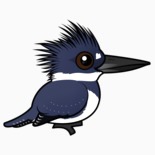

* BIRDORABLE cartoons are seriously good at reducing birds to their essentials. Try out their many warblers and you’ll see what I mean.
Photo Credits: Phil Lanoue (1 – 6), with thanks as ever for use permission; Teddy Lovatt (7); Michael L Baird (8); Audubon (9); Bruce Miller (10); Birdorable – Cartoon



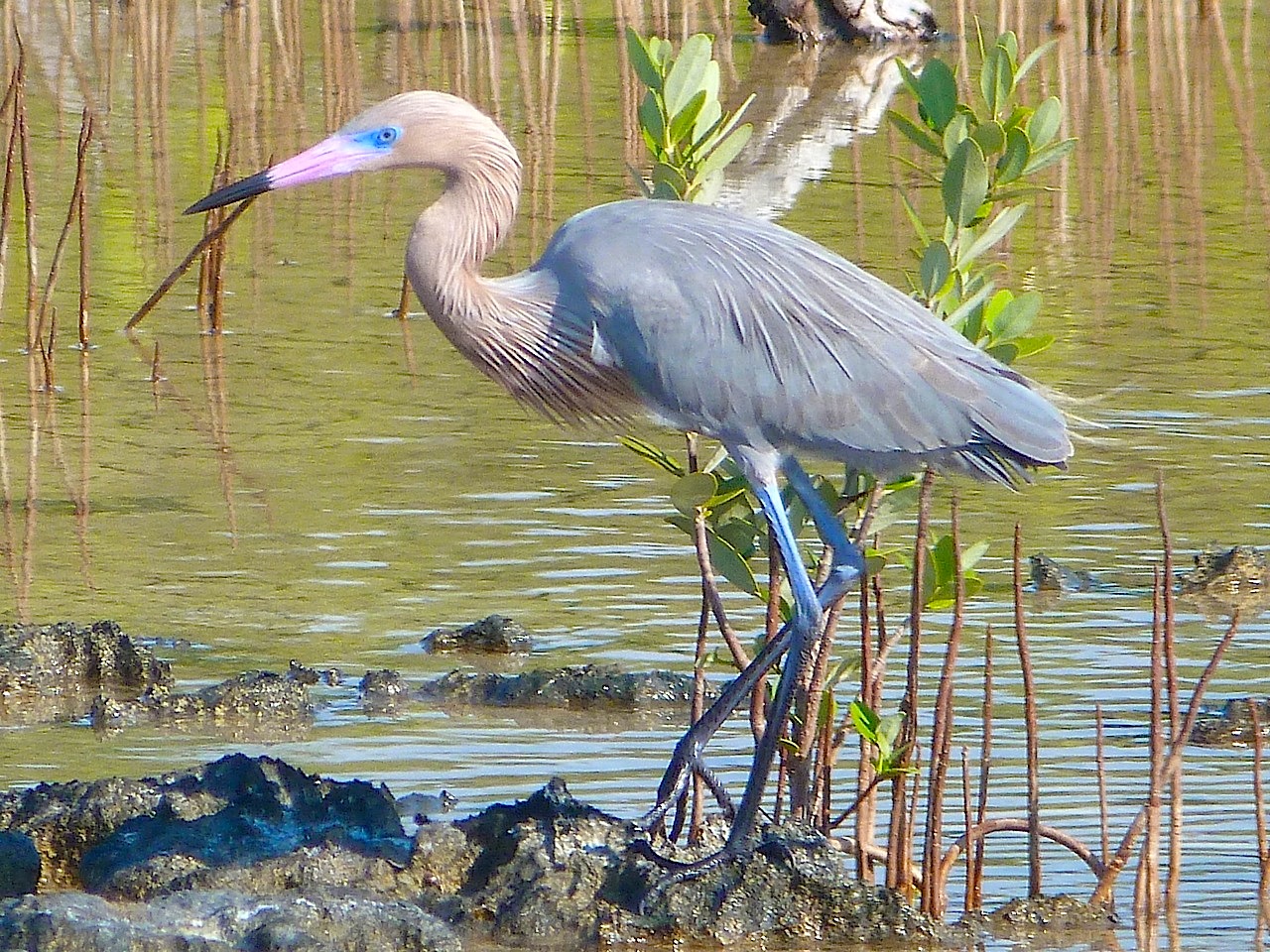



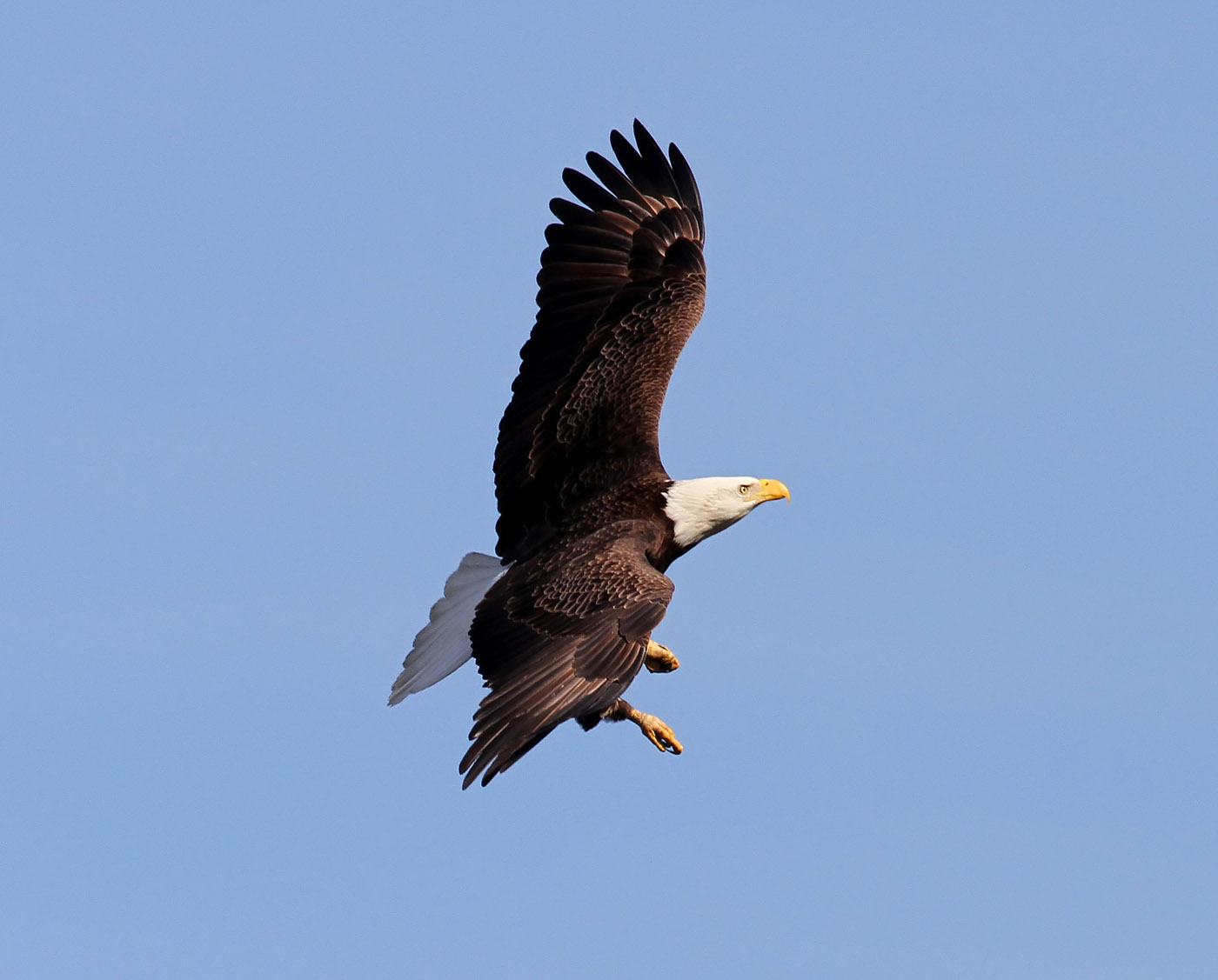




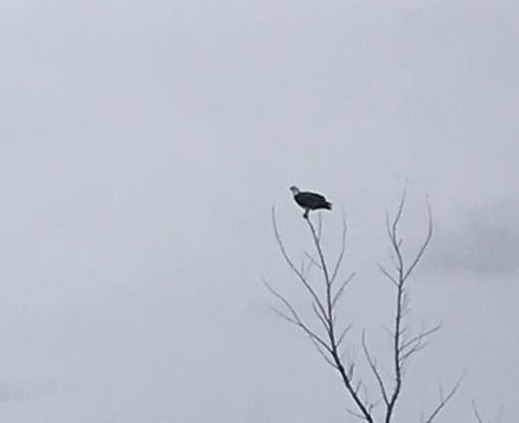








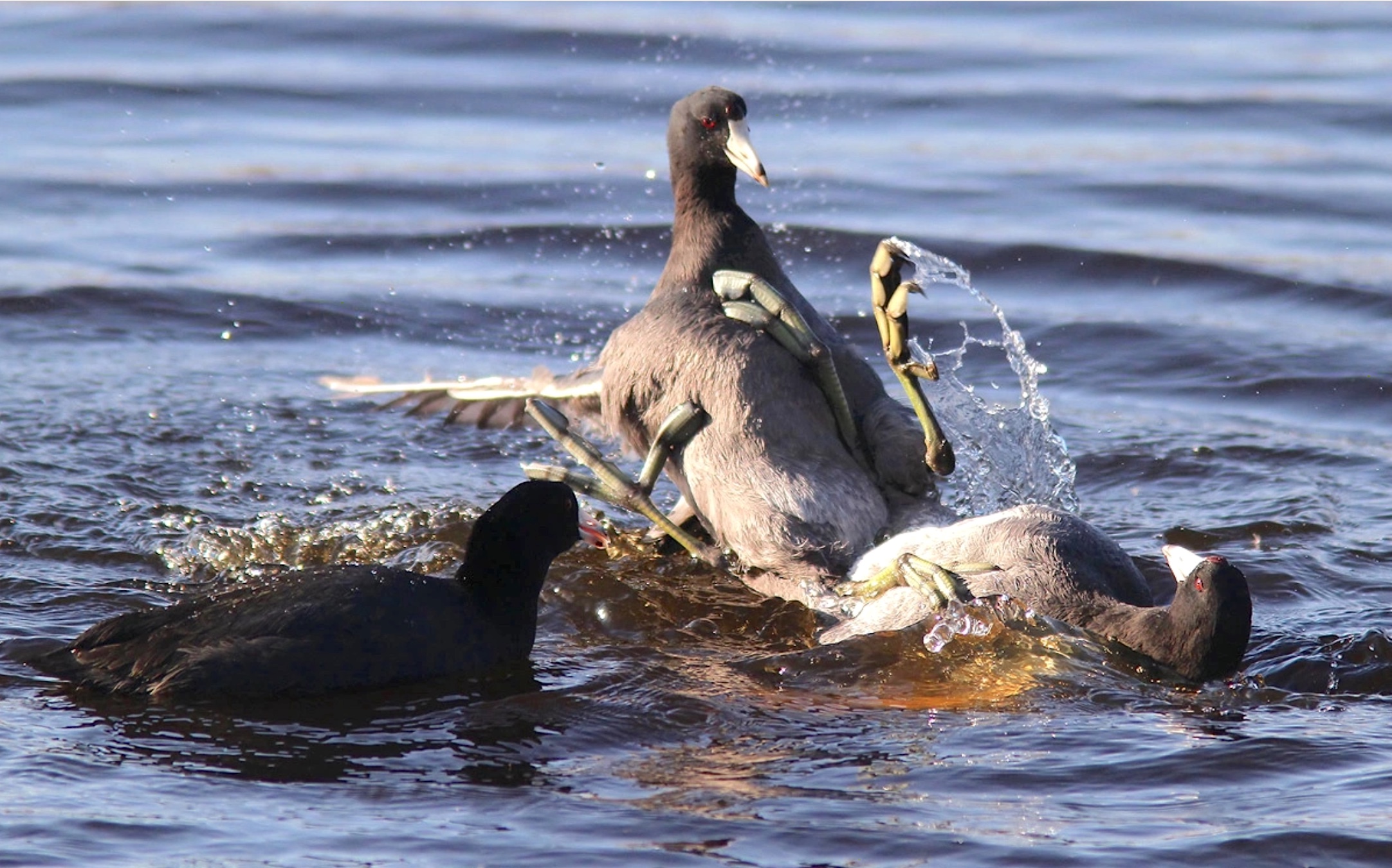

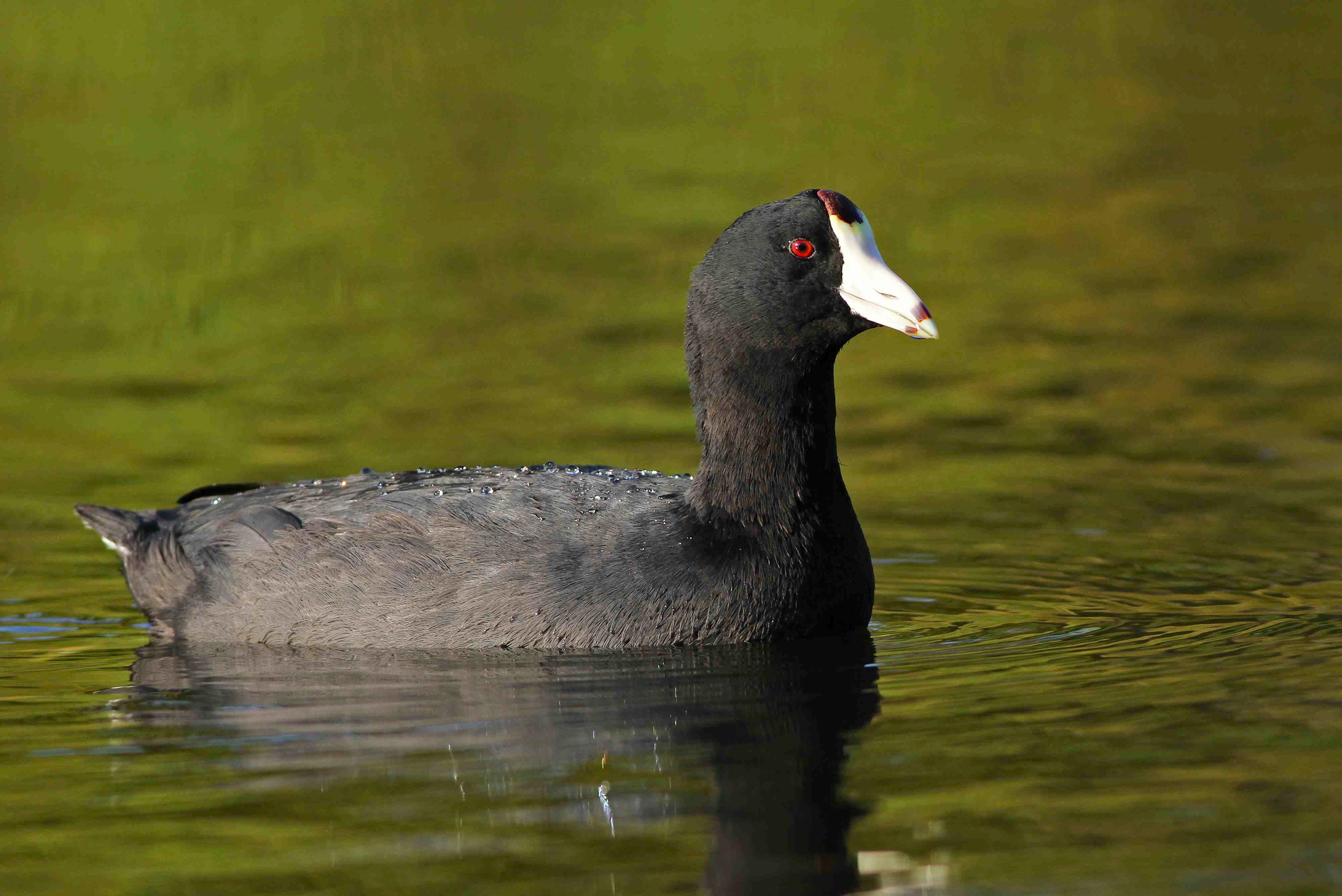


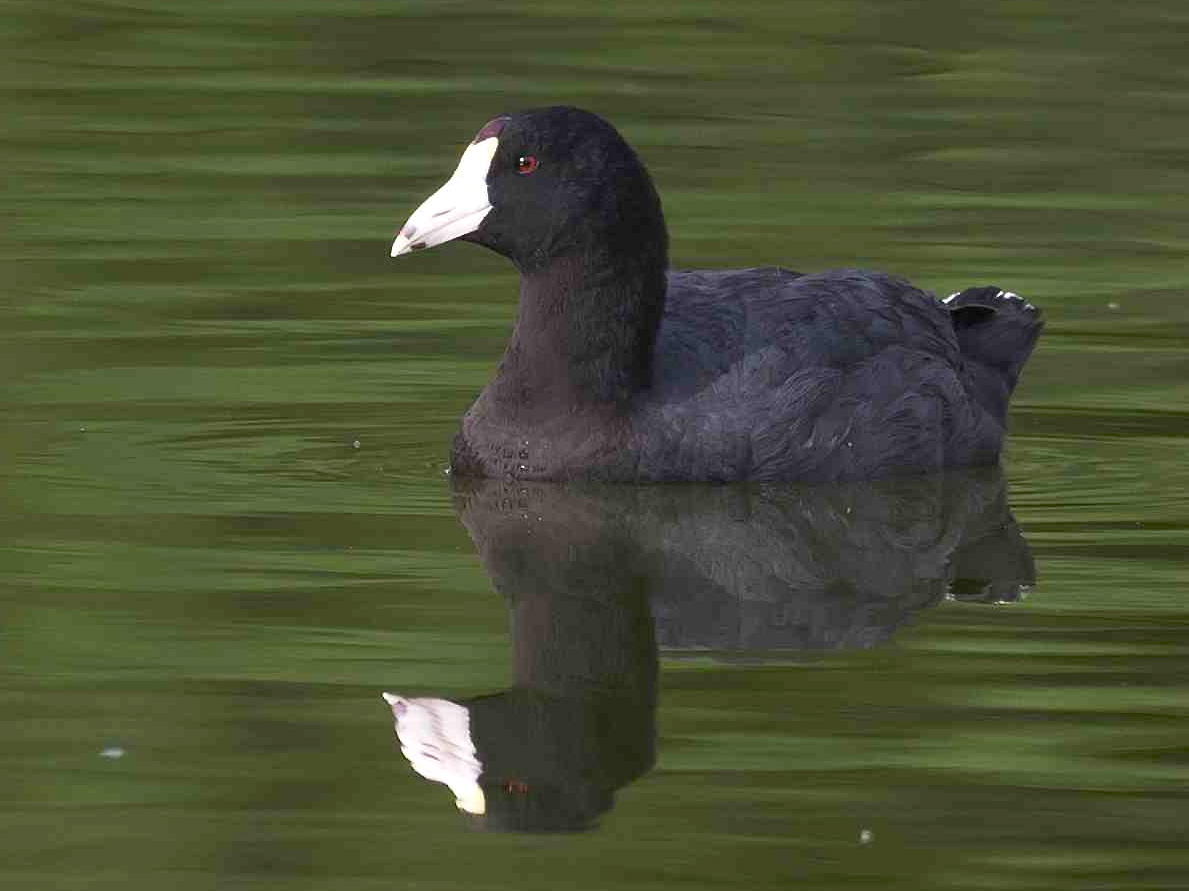




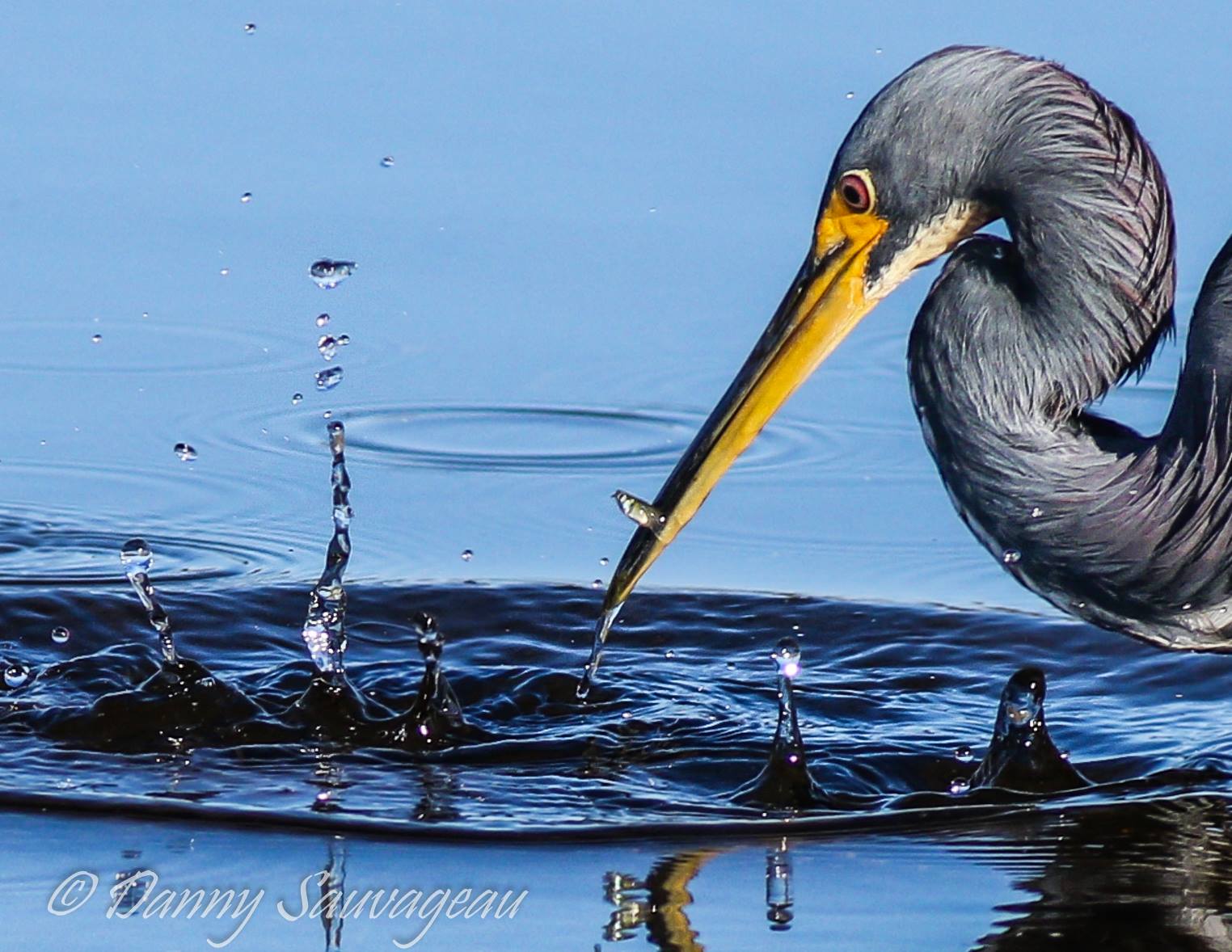
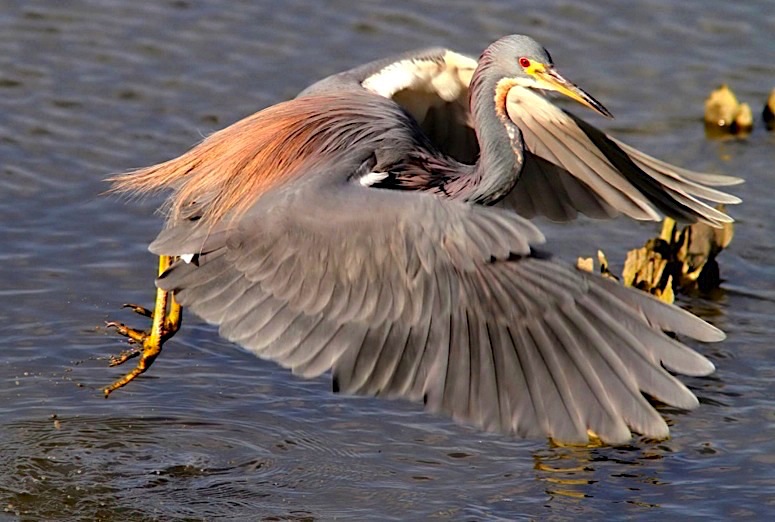











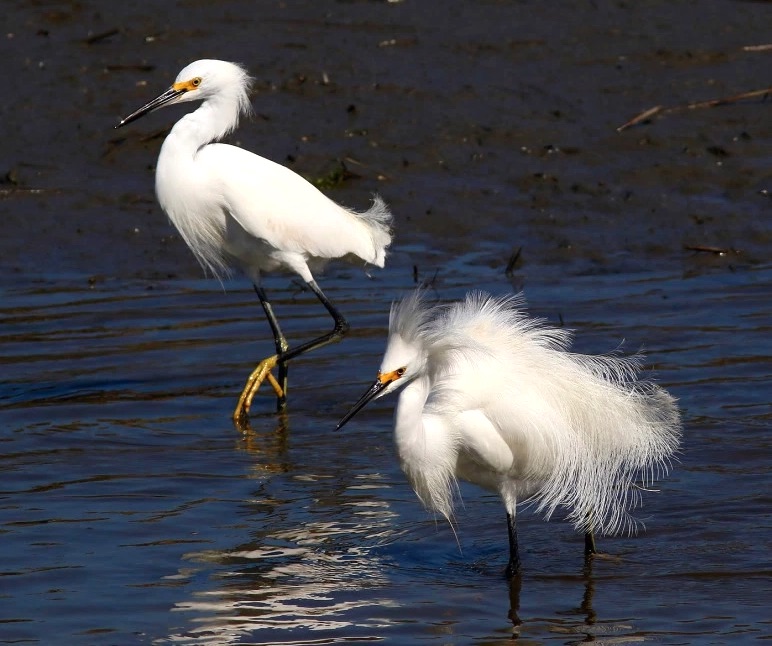













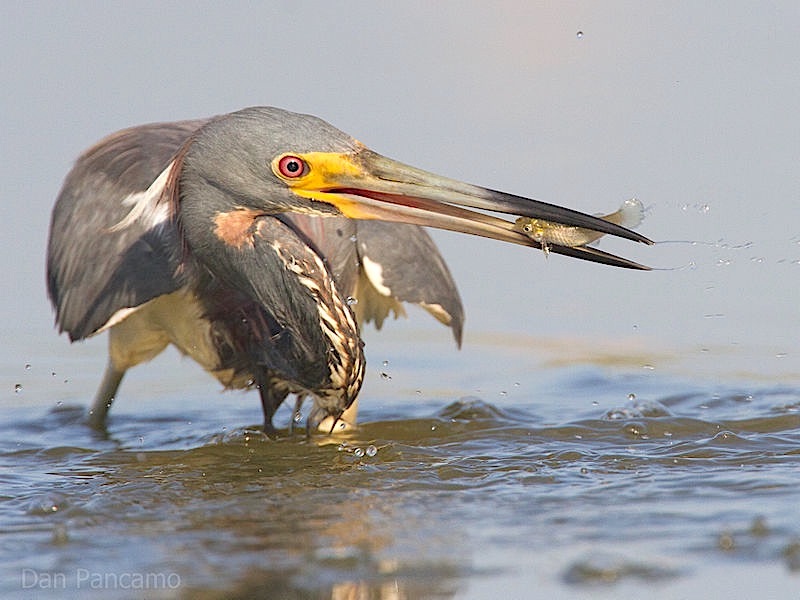

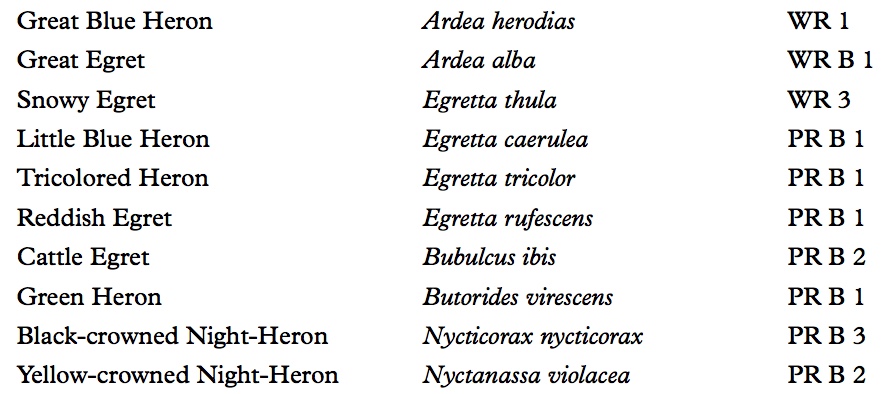
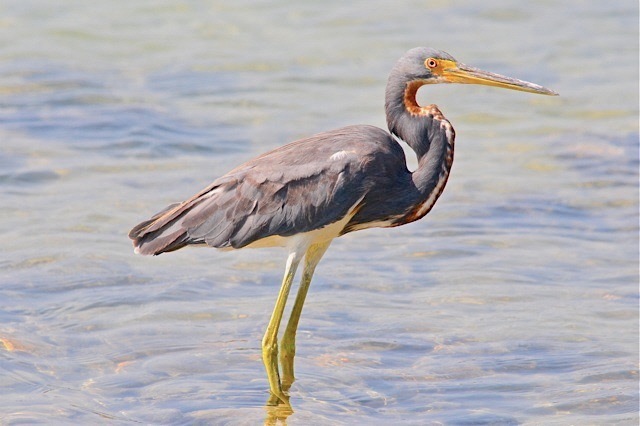


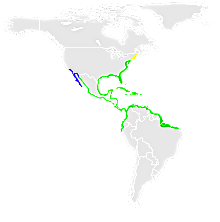
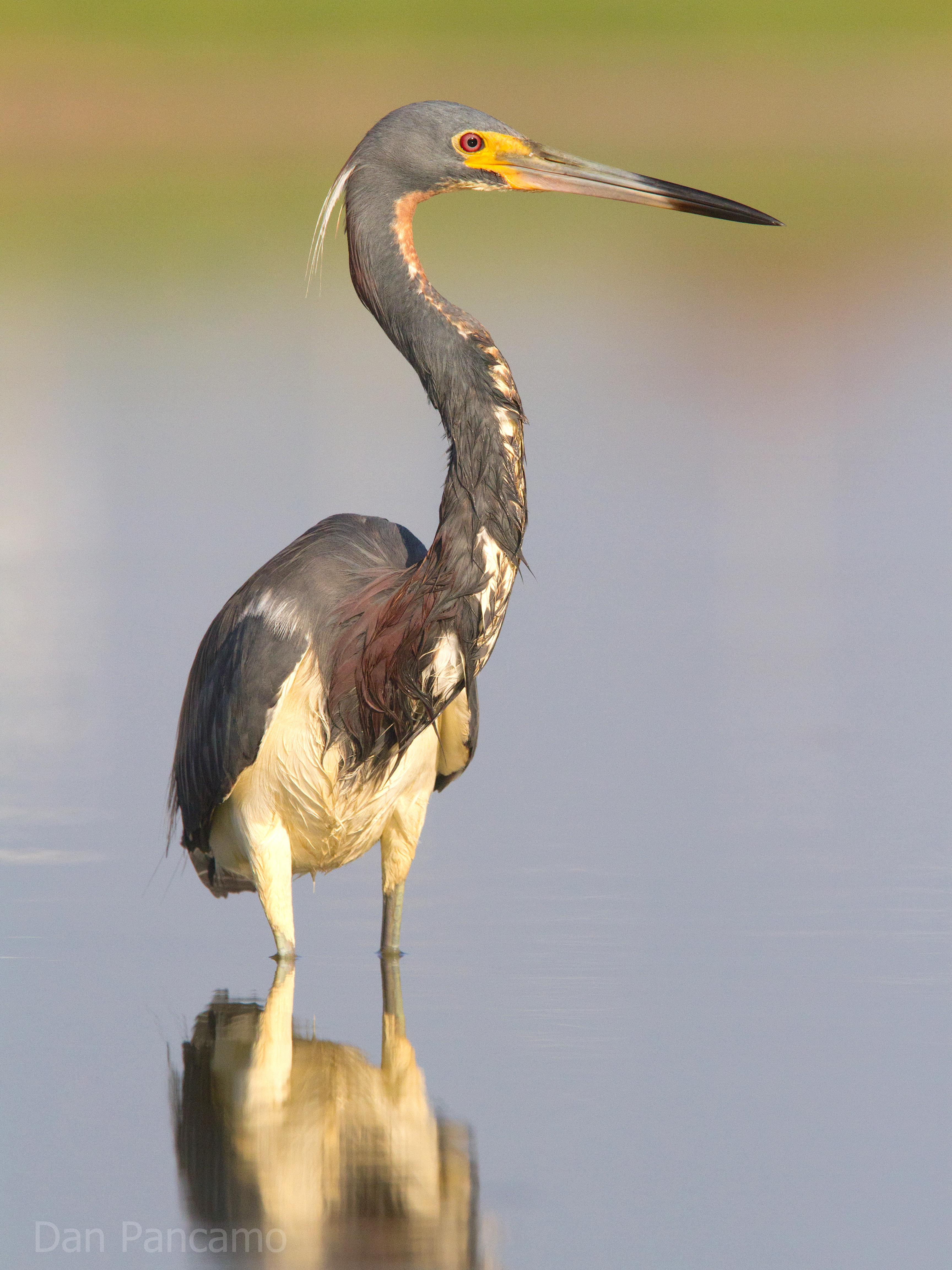





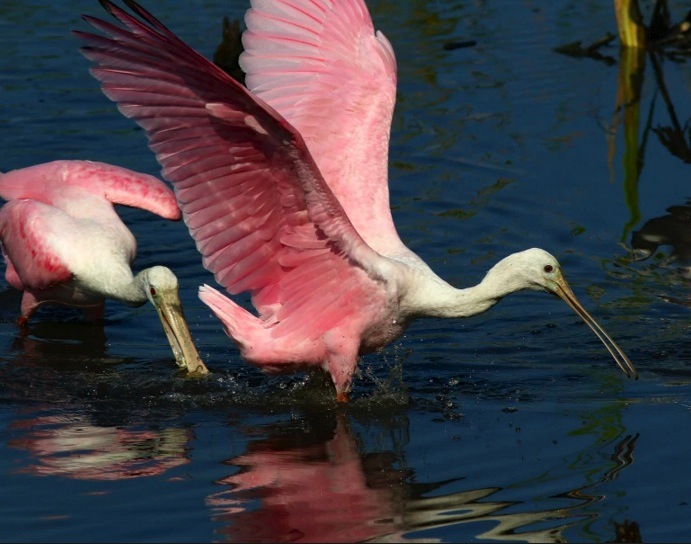
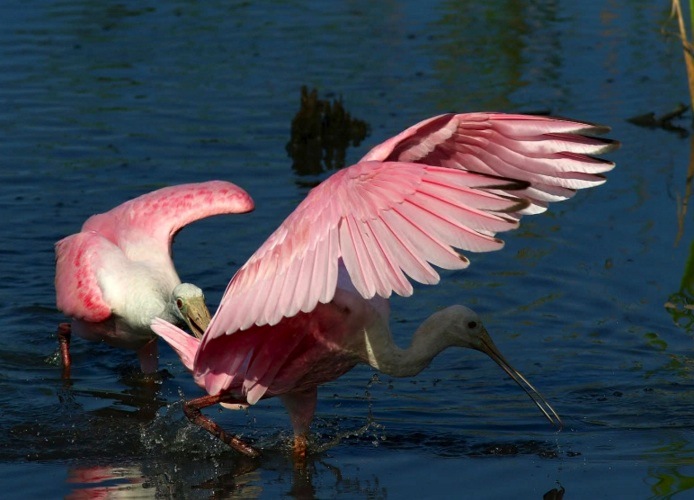
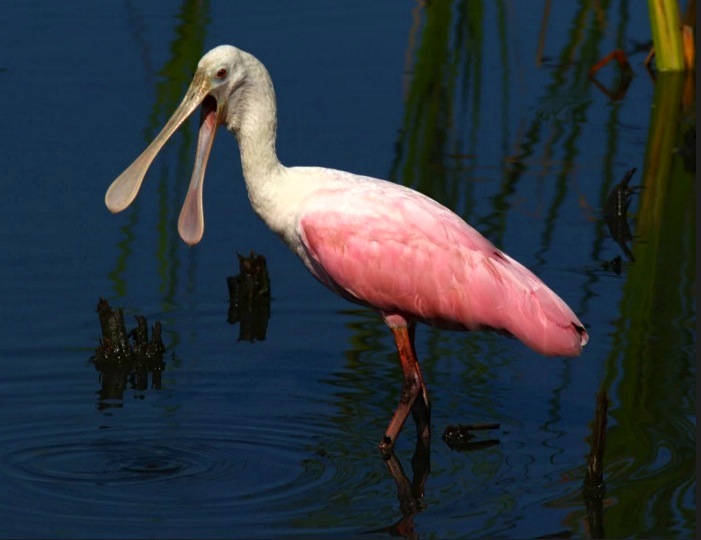



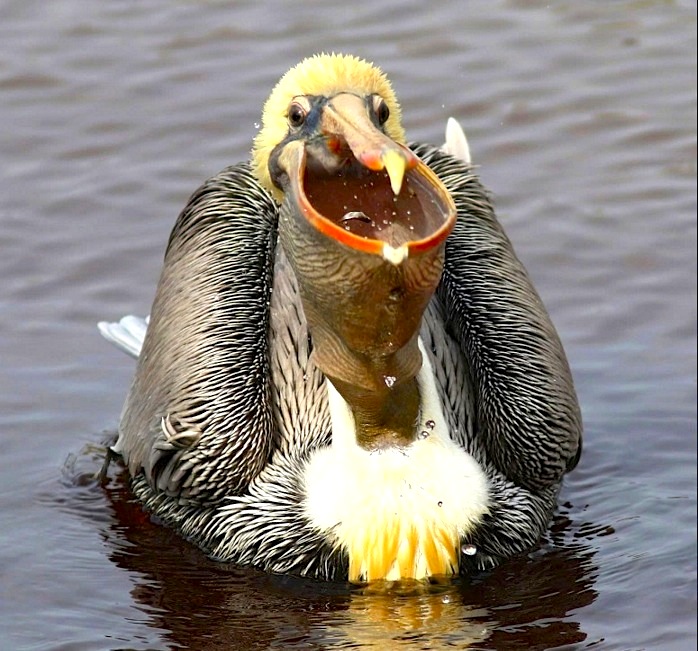





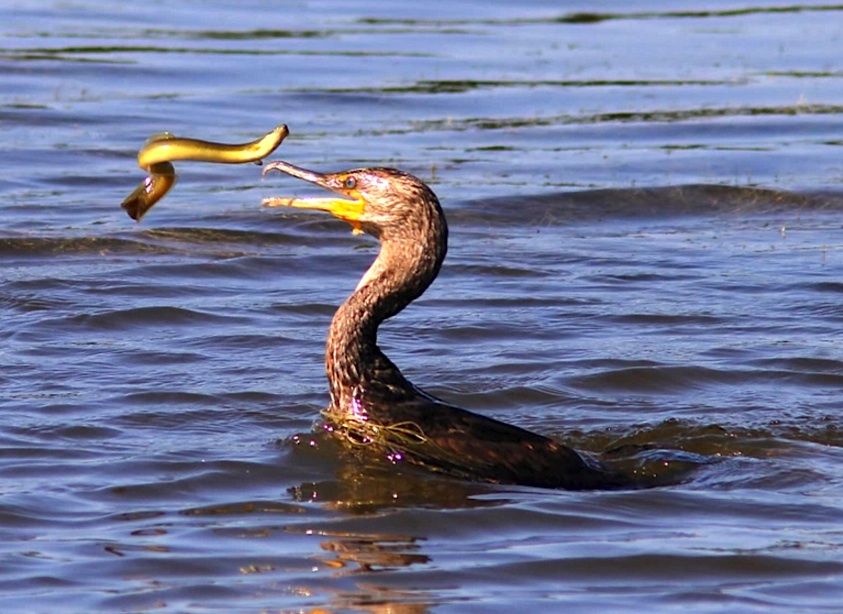
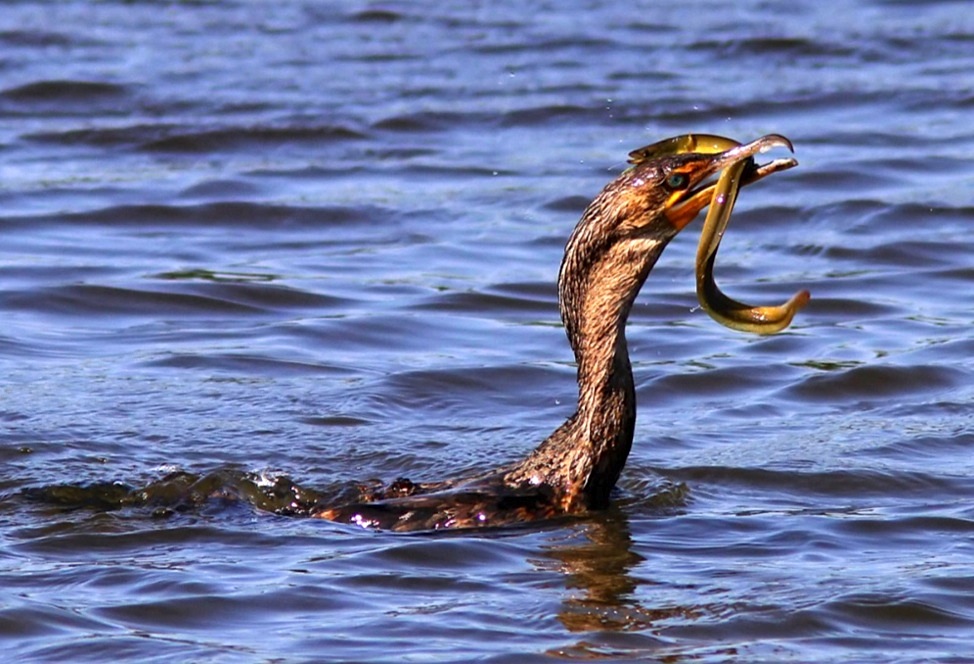
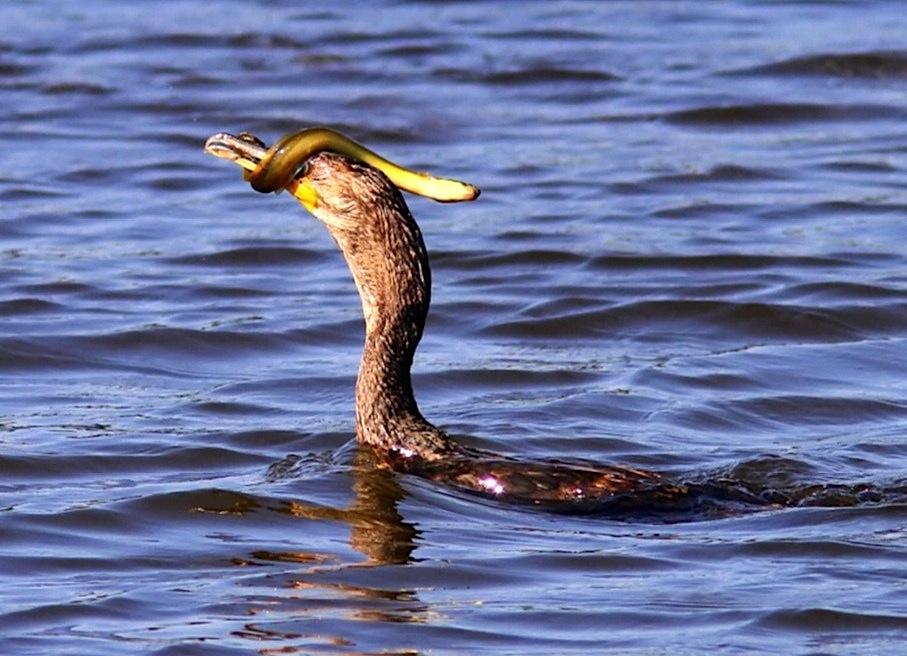
You must be logged in to post a comment.